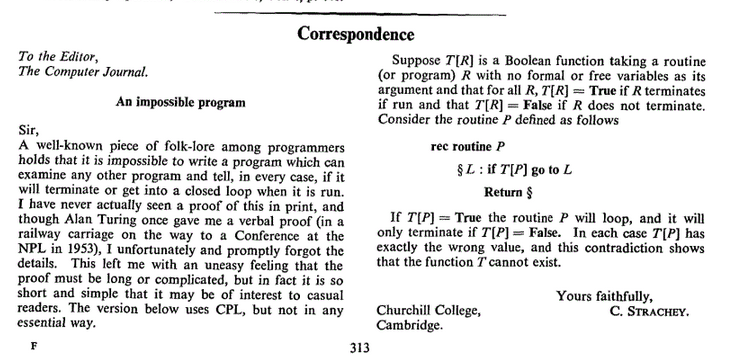This isn't an answer, but you might find it interesting for this age level.
I've included it because at this stage of development, some discussion of finite, infinite, bounded, and unbounded might be a useful concept to teach.
It is a programming assignment in two parts. A number is rational if and only if its decimal expansion repeats a finite sequence of digits infinitely. This results in the two parts of the assignment.
For example 3/7 = 0.428571... where the ellipsis is the infinite repetition of the six digits just preceding it. And 1/5 = .20 just repeats 0 infinitely.
Part 1 of the assignment. Write a program in your favorite programming language that will take a rational number - a fraction - less than 1 (so that it's leftmost digit will be 0) and find the minimal decimal repeating sequence. For 3/7 it would be 4, 2, 8, 5, 7, 1. This is actually an exploration of the standard "by-hand" division algorithm that was and maybe is known to all students.
Part 2. Take a repeating decimal value less than 1 and find the fraction equivalent to it with the fraction given in lowest terms. That is, find the numerator and the denominator of the fraction in lowest terms. This requires finding the GCD of two values so that you can reduce a first computed value to lowest terms. 3/7 is quite interesting as an example here since it probably requires finding the GCD of two rather large values.
There is a lot to talk about here, including various ways to find GCD and even to find the digits of the decimal expansion one after the other. You can also use it as an introduction to irrational numbers, since a student can imagine, at least, a non repeating decimal. Using a diagonal process you can even demonstrate the existence of such a value. You can also explore the maximum length of the repeating sequence for a rational number wrt the denominator of the fraction in lowest terms.
And a fun fact is that .9..., with 9's repeating forever, is equal to 1. Therefore the decimal expansion needn't be unique 1 is also 1.0.
And note, in the context of the question asked here, while a TM can't compute "all the digits" of 3/7 (an infinite sequence), it can compute the repeating prefix.
Since it isn't an answer, I've marked it for community ownership.
